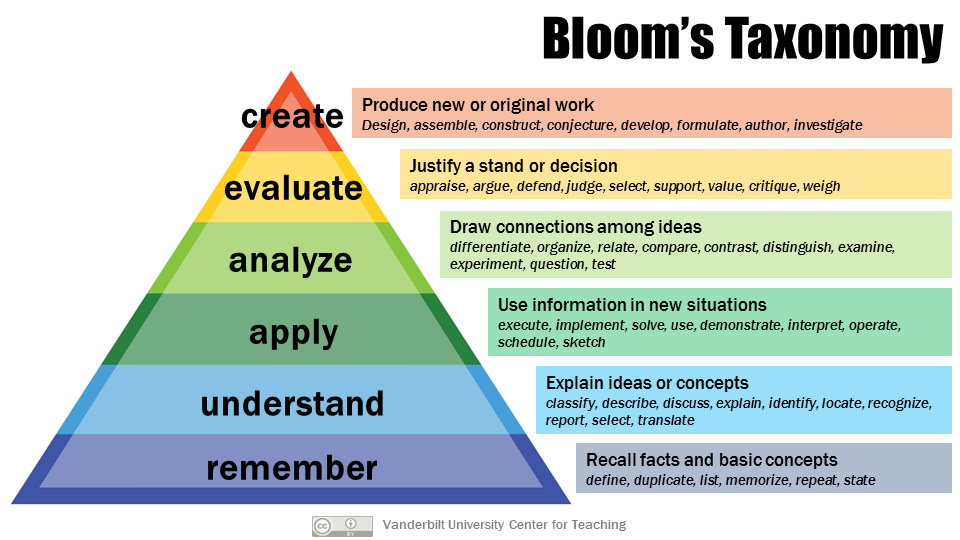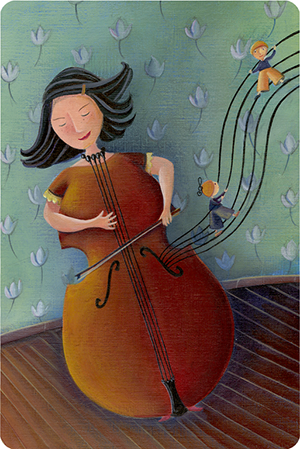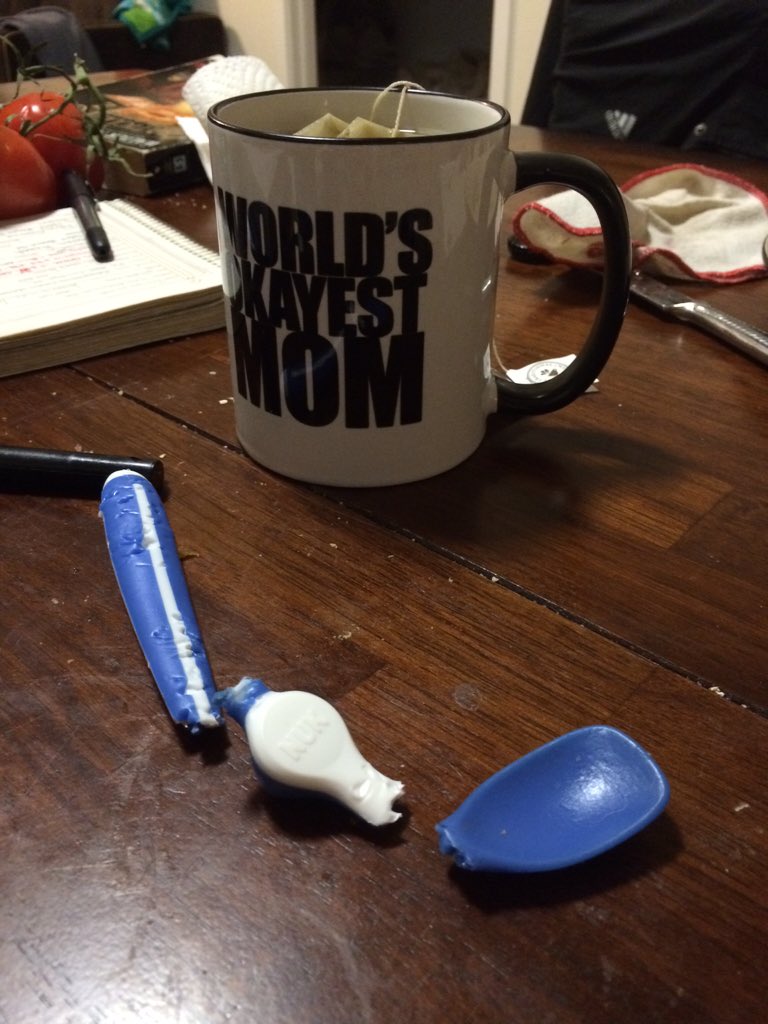Grading makes me feel bad. When students don’t get it, it is too easy for me to get stuck thinking about how I should have communicated better. It’s the last time I want to give them discouraging feedback. Feeling bad is a problem when your ability to start tasks is tied to your dopamine processing. Then there’s the task itself: grading is usually repetitive, detail oriented, communicative, and subjective – all of which are big executive function challenges.
But I’ve been grading student research papers as a person with ADHD for more than 10 years. So even though I still have some big areas for growth, I’ve learned a few tricks that help me get through it. And since my Google search only turns up results for how to grade students with ADHD, and no grading resources at all for educators with ADHD, I thought I’d try and start the conversation.
Tip 1: Complain loudly
The “grin and bear it” approach to discomfort probably really works for some people, but for me, all it does is guarantee a slow crescendo of distraction until I can no longer even read the words on the screen. It is the discomfort itself that demands my attention.
But if I can text a friend, or whine in my alt social media accounts, or – best of all – announce aloud that this is actually the Worst Thing Ever, it now has the coveted position of my whole attention. Which means it is now subject to distraction itself. And since, of course, it is not really the worst thing ever, my attention is easily caught by all of the newer and more interesting things that are being communicated in the student essay I’m reading.
This may or may not work on the same principal as fork theory.
Tip 2: Time your tasks
Show me a person with ADHD, and I’ll show you a person who already knows this.
The Pomodoro Method is old reliable, but when I’ve got major grading tasks (like I usually do at the end of the year), I like to do a little more math estimating how long each grading event takes so that I can compete with myself. I think of it like the swim meets I did growing up. Intermix sprints and distance, but make sure you leave time to hear the cheers and get a breather between events. I gamify as much of my work as I can (and I love physical games).
The breaks of the Pomodoro method are great because they help disrupt the problem of diminishing marginal returns, but there’s nothing magic about 25 minutes. I find that disrupting mid-assignment is usually unhelpful – I just need to make sure I’m leaving enough time to be my own cheerleader.
Tip 3: Don’t grade in the Learning Management System
As a professor with ADHD, I’ve worked in Canvas, D2L, and Blackboard, and all of these have wonderful options for automation that everyone with executive function challenges should be maximizing. But sometimes even my super helpful grading rubrics in Canvas sometimes aren’t enough to get me on task.
If I’m worried that students are going to feel bad about their grade, sometimes it helps to open a separate document where I can privately write out my initial thoughts and assessments without the pressure of fearing my kneejerk reactions to a student’s heartfelt work will accidentally crush them. (I spend a lot of time thinking about the critical feedback I receive, and even though I realize my students may never even glance at my notes, my concern is a significant barrier to starting the task.) Iterating in a “draft” takes the pressure off needing to organizing the right words to say. Iterative notes also help with a weak working memory. Of course, I’d rather work in the Canvas Speedgrader, but sometimes it’s just not happening, and slow is infinitely better than paralysis.
If I’m overwhelmed by the scale of the task (“next up, 40 student papers”), I might switch to a more relational approach. I always allow students to submit work late, which means I’ve got a lot of random re-grading, so I will often go student by student (much fewer tasks, all delightfully different) rather than “batching.” Added bonus is that I feel much more connected to each student’s learning trajectory and will occasionally write a final email to that student as a reward (for myself) for finishing up with them.
Tip 4: Co-work
I used to grade in coffee shops, but since pandemic I often join Zoom co-working sessions. Check in at the beginning of the co-working, set check-in times and an end time.
When I have students who seem to have executive challenges (e.g., struggle to get work in on time), I will sometimes see if they are interested in being invited. I have hosted a few Zoom co-working sessions that are just me and some students. Mostly it helps with self-monitoring and self-control (ie., executive functions). In a pinch, I’ll co-work via text with a friend.
Tip 5: Prioritize your regular self-care
When the pressure is higher, it’s easier to drop the strategies you already know work well for you. For me, that’s moving my body (dancing to raucous music, walking the dog, attempting TikTok fitness challenges), meditating, and making sure to end your work day at a consistent time. Ice cream, alcohol, and all-nighters are pinch hitters who are always pushing for a chance at bat in stressful moments, but I do much better work if I can set times for the really helpful stuff at the start of every work session.
When my mood is already low, none of these strategies will turn me into the paragon of efficiency I’d love to be. In scenarios where paralysis looms, self-care builds momentum for valuing my own contributions (which is, at the end of the day, what my students need from me).
Tip 6: Stop writing random blogposts
But commenting on someone else’s random blogpost would be a great 5 minute break! Tell me what works for you!





